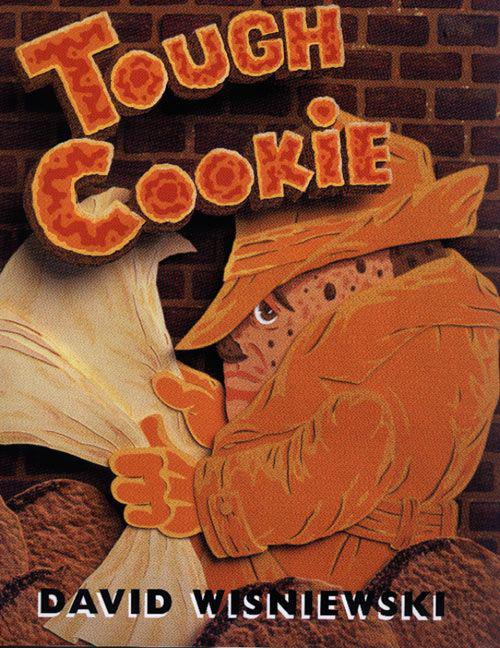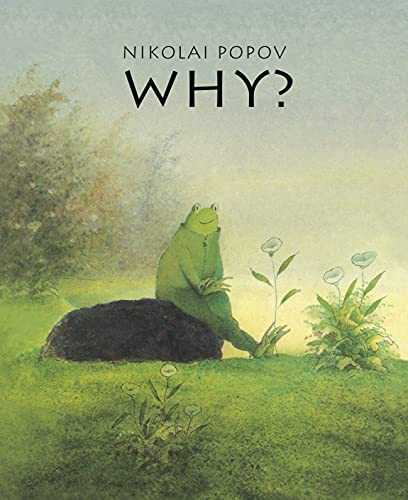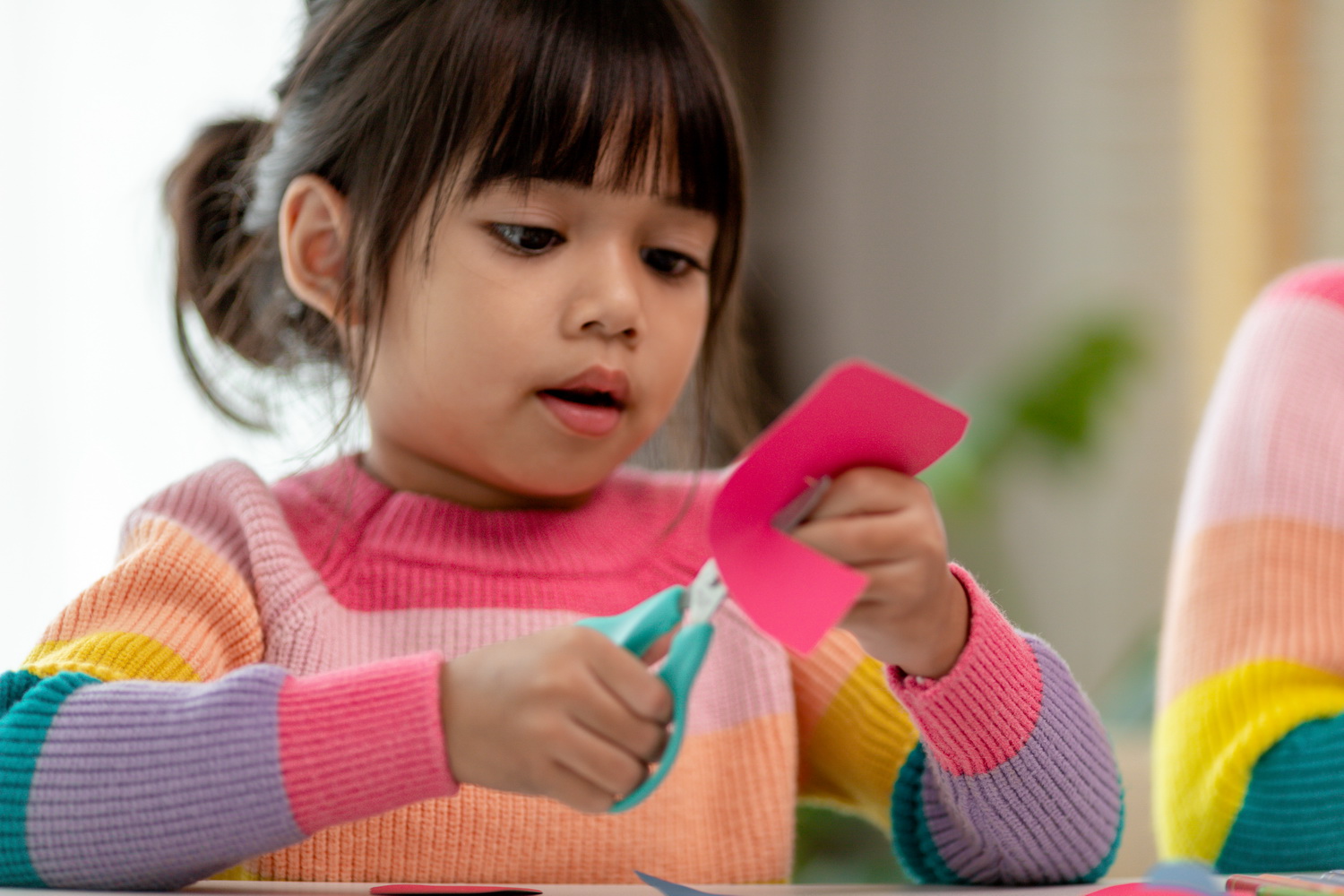Adventures in Reading (Introduction)
Sept. 6, 2021
If you have a school-aged child, you’re probably familiar with the recommendation that your child should be reading for at least twenty minutes every day. You might have wondered, what’s so magical about the number twenty?
It’s actually based on a study conducted by Nagy and Herman (1987). The researchers found a correlation between how much time a student spent reading, and their performance in standardized tests. They found that students falling in the 90th percentile, typically had a habit of reading for 20 minutes or more every day. While students who scored in the 10th percentile typically read for a minute or less every day. It’s not magic, it’s intentionality. Those twenty minutes per day add up; that’s about 3600 minutes of reading or 1.8 million words in a school year. Compare that to reading for just one minute a day. That’s about 180 minutes of reading, or about 8000 words a school year. As far as the school year is concerned, you may run into difficulties, since teachers assess student's ability to read and comprehend the text with regards to reading fluency.
When you think of the obvious benefits of reading; improved vocabulary, greater general knowledge, stronger comprehension skills, improved ability to focus on and engage with complex material, it’s not hard to see why kids who read more tend to do better in school. However, you and your kids are struggling with freshening new ideas for play, then it's time to inspire play with a book a day!
If you’re asking, how can I get my child to read more, how can I get my child to enjoy reading, how can I raise a reader? Then I’ve got you. First, here’s a little about me and why you should listen to me on this.
About Me
As a mom of a fifteen and an eighteen-year-old, I have had many reading adventures with my own children.
One of our favorite bedtime stories was How The Camel Got its Hump. We just came back to it again and again, even long after they had outgrown it. I think it just got to be a comforting book, a reminder of simpler times. My daughter recently came home from her baby-sitting gig and told me she read How The Camel Got its Hump to her little charge - the kid begged her to read it over and over again.
Even though I no longer read to him, my son and I still read many of the same books. At the height of the pandemic, we read Bloom, the Harry Potter books, and the Wildwood trilogy (actually, he read all three, I only read the first book, and mooched the rest of the story off of him).
I’ve been a teacher for close to twenty years, half of that time I taught high school students in Jamaica, and the other half in elementary school students in Canada. It’s hard to track one’s impact as a teacher, but one measure I use to evaluate my success is whether I fostered the love of reading. Comments like “I love to read!” and “Let’s read it again!” and “I want to read the whole trilogy!” help me know I’m on the right track.
Since literacy is such a huge focus for me, I’ve read many, many books for children and can recommend a book or two. In a series of articles, I will share my pick of must-read picture books, some wordless picture books and what to do with them, and some math picture books that will ramp up the fun and the learning.
For each book, I will identify the most suitable age range, describe what makes each book enjoyable, and discuss some opportunities they present for learning. Here’s a sneak peek.
Picture book - Tough Cookie By David Wisniewski
Tough Cookie is a riot. It’s supposedly written for children aged 4-8, but they can usually only extract a fraction of meaning from it. That is fine too, it means they can grow into the book, discovering more treasures in it as they mature. It’s the 9-12 crowd who are really ready for the humour and the complexity of the ideas. Great for both reluctant and voracious readers, it's a quick and easy read, yet it’s highly nuanced, with lots of opportunities to engage a range of comprehension skills.
The tough guy voice that tells the story, the smart metaphors, the satirizing of the detective novel, all make it a seriously fun read. As a bonus, the inside cover of the book has an elaborate drawing of the structure of the society inside the Cookie Jar - with the crumbs being at the bottom. This closely mirrors classist structures in the real world and begs for critical thinking about the world in which we live.
Wordless Picture Book - Why by Nikolai Popov
Wordless picture books invite children to wonder, imagine and construct their own meaning. They challenge the reader to interpret and evaluate visual information, ask questions, make inferences and tell a story. Accomplishing all this without the support of written text is an achievement that brings younger and more mature readers a huge sense of satisfaction.
"Why" is one of my favourite picture books because it achieves all those things. It begins with a frog sitting peacefully on a rock against the backdrop of a green paradise. Soon a mouse comes along and conflict develops over a small problem, quickly escalating into all-out war. The story ends with both frog and mouse near the same rock, the beautiful landscape destroyed.
Younger children might “read” it as a story about how to manage problems on the playground. Older children will begin to discuss the human and environmental consequences of war. No matter the age, this book is an excellent resource to generate ideas for conversation and writing.
The first thing you want to do with this is flip through the pages and simply notice details, inviting your child to talk about what they see, wonder and think. Questioning the title will also yield rich discussions. Is this tile appropriate? What makes it so? What might be an alternative title?
After a walk-through of the illustrations, have your child tell the story in age-appropriate vocabulary. My students enjoy naming the characters, the places and the quirky vehicles in this story. I usually ask them to imagine what the characters say to each other. Interestingly, they use the language with which they are familiar - the same language that triggers fights amongst themselves. They usually can articulate why these words are inflammatory and tend to make problems appear bigger.
Math Picture Book How Many Jelly Beans by Andrea Menotti, Illustrated by Yancey Labat

This book is meant for small children between three and six years old. The story and illustrations are in keeping with what you would expect for the age group; simple lines, bright colours, a few words to each page, and cuteness overload. However, the learning opportunities give it a longer shelf-life, so that even at eleven or twelve, children revisiting this book can still find enjoyment and enrichment.
This book offers a very concrete way of helping children grasp the base ten number system, growing from ten to one million. The pictures literally help children visualize various quantities and provide opportunities for parents and teachers to help children to make sense of the place value chart.
Besides building number sense, this book engages children in a variety of mathematical processes such as measuring, predicting, estimating, comparing sizes, using spatial and proportional reasoning, spotting patterns and relationships.
It’s tons of fun, with a wonderful fold-out at the end showing one million jelly beans.
That’s a wrap
We know that reading for twenty minutes everyday sets up your child for academic success.
Above everything else, children should find reading satisfying. That makes book choice and important part of your quest to raise a reader.
If you want to explore more the world of reading, here is a top of the best books to read for certain grades.
Jacqueline Smith, Kids Academy's author:
I currently teach grade six at an elementary school in Toronto, Canada. For me, the best part of teaching is the satisfaction of being part of the progress and development of each child placed in my care. With close to twenty years' teaching experience, and a Master in Education, I have a strong sense of what works for teaching students of various grade levels and abilities.
When I’m not working, you might find me writing short stories, out on a five-mile walk with the friends, or playing board games with my husband and two children, aged 15 and 18.
You can see my Ontario College of Teachers' Membership here.






.jpg)










